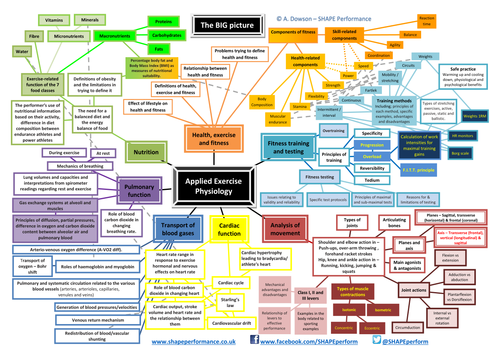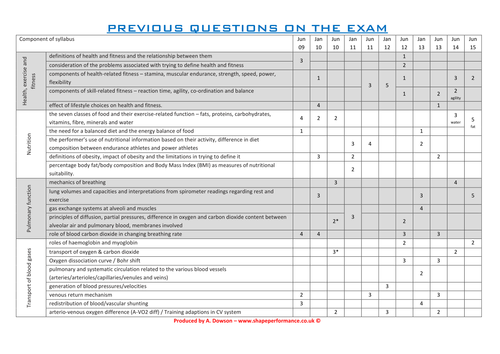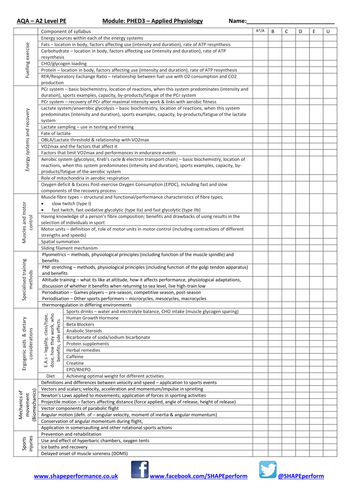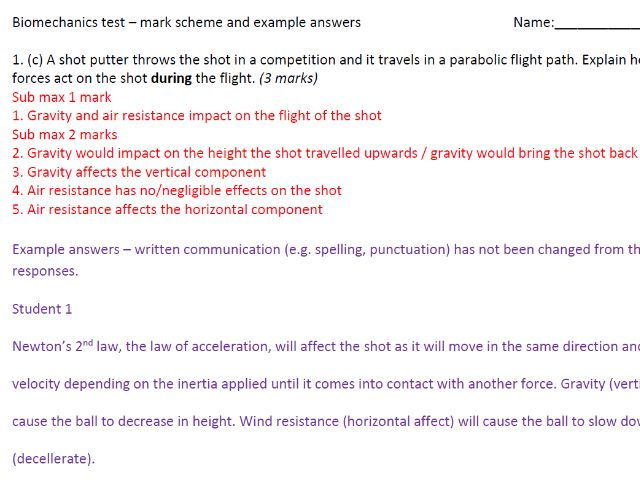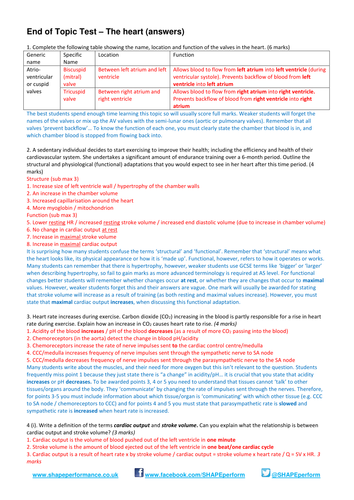Shape Performance's Shop
I've done the hard work so you don't have to! I'm selling tried and tested PE and sport resources for GCSE, A level and BTEC courses. Hopefully they are of a high quality, ensuring you can use them straight away with your classes. I have had amazing success in teaching A level PE, am a current marker of A level exams for OCR. I've taught all 3 A level specifications and the AQA and Edexcel GCSE courses. I also tutor PGCE students on the NEP SCITT course.

